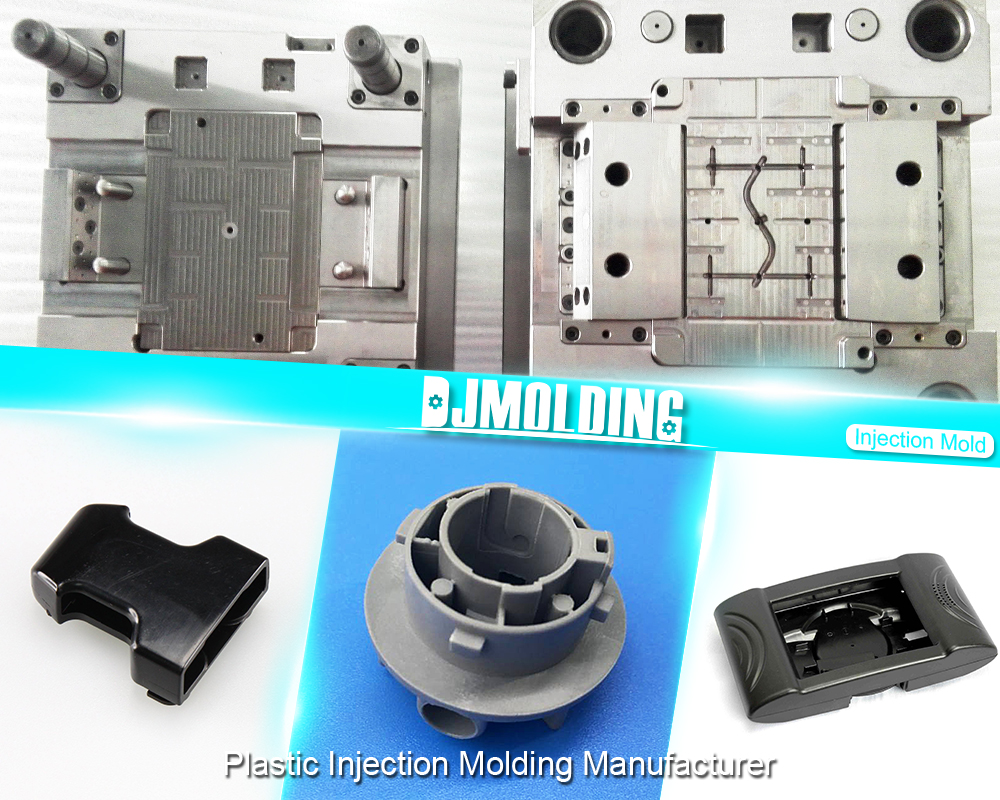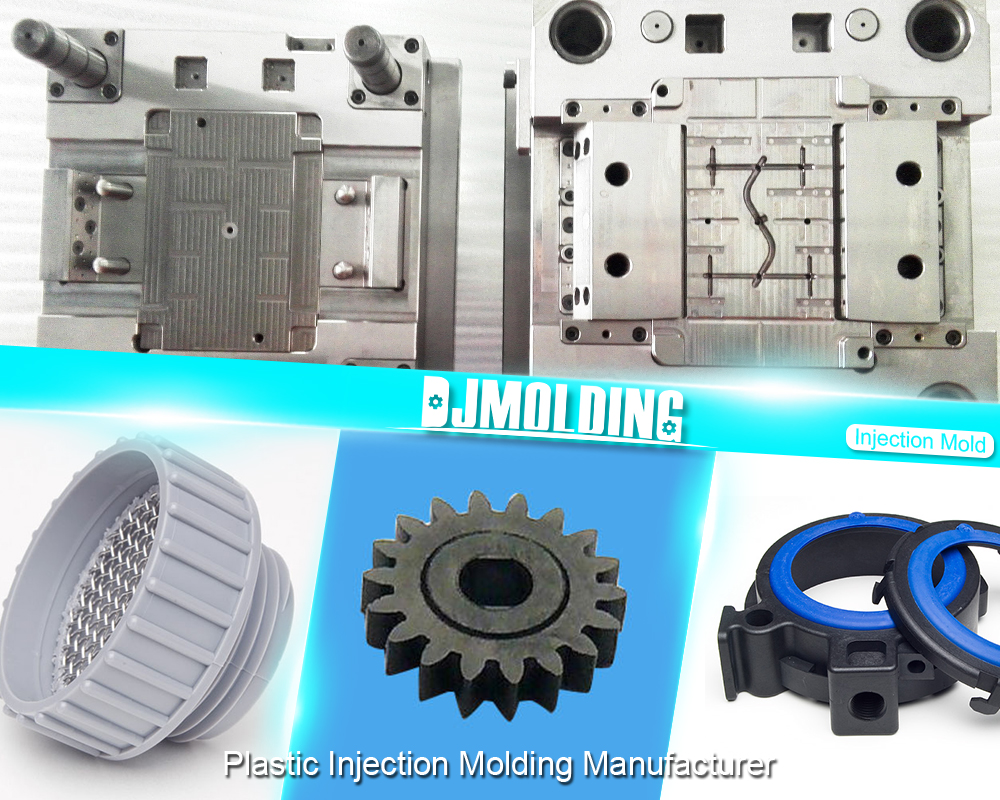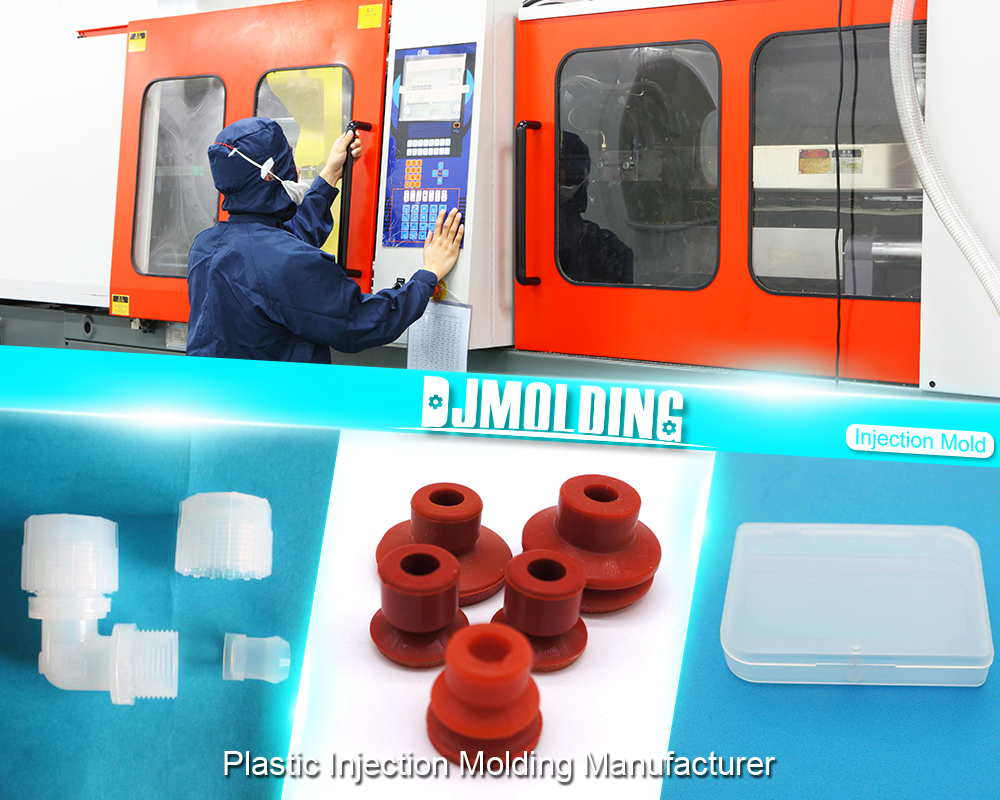Insert injection molding vs overmolding: All the facts that you should know
Insert injection molding vs overmolding: All the facts that you should know
The injection molding is an industrial process that can be used to produce highly useful and versatile products. While this is such a common technology used in industrial environments, it comes with numerous sub-processes that can be used to add more capabilities. This post explores the insert molding vs overmolding debate to highlight the significance of both processes.

An overview of the injection molding process
Injection molding is one of the most significant manufacturing processes for making products. This process usually needs a mold (usually made from metal) with a cavity shaped like the intended product. Plastic pellets are then melted and forced into this mold. The mixed mold is then treated with heat and pressure. As soon as the product forms it is cooled off and ejected out of the mold cavity for further cooling. Since it relies on molds for production runs, the injection molding process can be used to produce several thousands of similar products or parts. There are so many benefits of using this production method. Due to these benefits, we have various sub-processes that offer manufacturers more peculiar benefits.
An overview of insert molding
The injection molding technology has several sub-processes. One of these is the insert molding which works almost in the same way as the overmolding process. In this case, metal components are inserted into the cavity of the mold before the plastic is injected inside. This insert is placed strategically inside the mold – which is done by a robot or manually. The mold is then closed while the plastic gets molded on top of the insert. This is used to create a single part. The insert molding process is commonly applied in the production of metal attachment elements that are used for fasteners. These fasteners are used to securely assemble and disassemble products without any damage. Manufacturers can rely on insert molding to avoid using fasteners with the inclusion of the right metal elements in the mold. It can be used to firmly secure the accessories into a component with a single bond.
The benefits of using insert molding
Insert molding is a technology used in industrial environments because of the numerous benefits that come with it.
Reduce the cost of product assembly: The injection molding machine can be used to produce thousands of parts in a single day. This benefit can be compounded to reduce the total cost of production in the long term. The use of this production machine can be used to avoid the need for product assemblies – which leads to significant cost savings.
Part performance: This injection mold machine allows for the combination of two dissimilar materials to enhance the performance of the part or product. For example, it can be used to produce a part with both metal and plastic parts. When you combine both metal and plastic benefits into one part can lead to significant benefits.
The drawbacks of the insert molding
While the insert molding comes with several benefits, it also comes with several drawbacks. This should be considered before it used for production runs.
Multiple manufacturing machines: The insert molding technology is a manufacturing process that involves a 2-step method. If you have custom-designed inserts, they will need to be manufactured with the use of special machines. These are technologies that are quite expensive per single part when compared to complete injection-molded technologies.
What is overmolding?
Overmolding is a form of insert molding. But with the insert molding vs overmolding debate, this means that overmolding relies on the molding of plastics over a different molded part. In this molding technology, the first part of the molding is produced inside the injection mold, this is then placed into the second mold to be include the material over the mold. With this molding technology, multiple plastics are combined for aesthetics. Many manufacturers use multiple plastics for this process to make their products distinct from other brands. The process of overmolding is used regularly on tool handles such as toothbrushes, power drills, or screwdrivers.
The benefits of using overmolding
manufacturers usually choose overmolding, which is a highly versatile production process. This molding technology comes with a lot of benefits such as:
Increases the flexibility of materials: Overmolding is a process whereby designers can maximize the use of numerous materials to produce composite parts with numerous useful properties. This molding technology can also be used to enhance visual complexity and aesthetics.
Does not need adhesives: With the overmolding technology, different materials can be blended right inside the mold. This helps to eliminate the need to use permanent bonding solutions like glues, adhesives, and so on. This function increases the general durability of the produced part. The absence of adhesives means that the general assembly cost is reduced.
Allows for seals to be embedded into products: With overmolding manufacturers can easily insert soft seals into the products being produced. Some manufacturing methods do not allow this feature. But then again, it is very cost-efficient if the seal is molded permanently into the integral product. This also makes for a final robust product.
The drawbacks of overmolding
Why overmolding comes with a lot of benefits, it still has some drawbacks. These needs to be considered before manufacturers choose the production technology:
A process with multiple steps: Parts from the overmold technology are made from a two-step process. What this means is that it elongates the part cycle time as well as increases the costs. This means that a single-part mold is cheaper than the overmolding process.
Bonding can be difficult: When bonding two dissimilar materials together with the injection mold, delamination can occur. This is usually the case of the bonding temperature is not compatible with the process. Then again, some cases require the use of mechanical interlocks if the materials fail to bond reliably using heat.

The insert molding vs overmolding: Which option to choose
The injection molding technology is a production solution that includes overmolding and insert molding. It is a low-cost and versatile manufacturing model that is used in the large-scale production of commercial products. Insert molding and overmolding are both injection molding processes that are used for specific applications. Both molding processes have their uses and are markedly different from each other.
For more about the insert molding vs overmolding: all the facts that you should know,you can pay a visit to Djmolding at https://www.djmolding.com/insert-injection-molding/ for more info.




